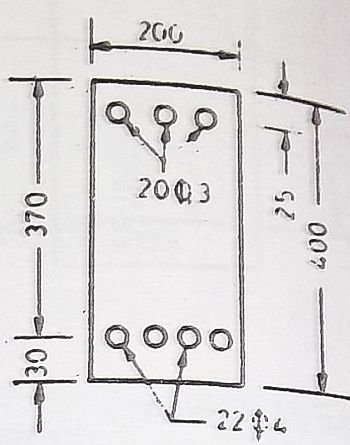Stepwise procedure for calculating Moment of resistance and compressive stresses in steel and concrete
While we proceed with the article series for “Doubly reinforced sections”, I would like to categorize the problems into different types. This will make your understanding of the concept better and concrete. I recommend that you practice enough to be able to understand and confidently solve the problems. This will also help you in real time when you would get into practice.
In our article series for doubly reinforced sections, we have covered the following:
What are doubly reinforced sections?
Methods for determining Neutral Axis?
Solved numerical examples for determining Neutral Axis
Numerical examples for practice (Find Neutral axis)
Methods for calculating Moment of Resistance
Numerical example for calculating Moment of resistance
Types of problems in Doubly reinforced sections
Determining stresses in steel and concrete
Numerical example | Stresses in steel and concrete
Also check out: “Singly reinforced Sections” article series.
So let’s begin with different types of problems for “Doubly reinforced sections”.
Problem type 1
To find Moment of resistance (Mr)
In a problem where we have to find Mr, specific data is given so that you could calculate the Moment of resistance. The following data will be given in the problem. I suggest that you make notes of the points below.
Breadth of the beam = b
Effective depth of the beam = d
Area of tensile steel = Ast
Area of compressive steel = Asc
Permissible stress in concrete = σcbc
Permissible stress in steel = σst
Modular ratio = m
Four – step procedure to solving the problem:
Step one:
Find xc by the following formula,
σcbc/ (σst/m) = xc/(d-xc)
Step two:
Find x using the following formula,
bxx/2 + (1.5m – 1)Asc (x – d’) = m Ast (d – x)
